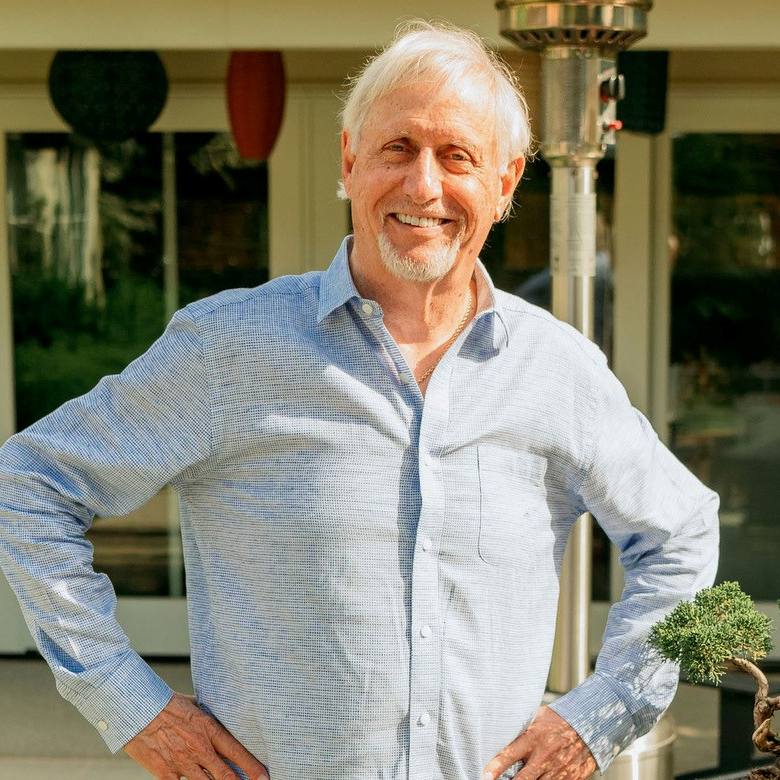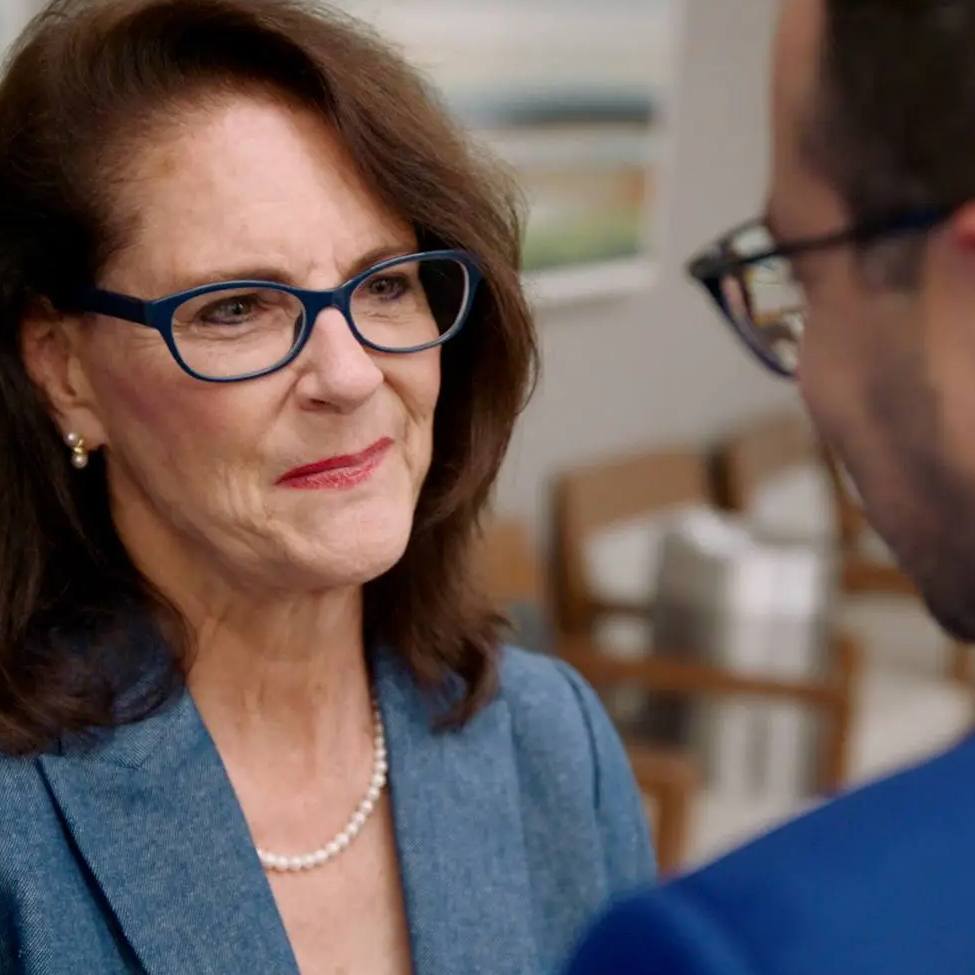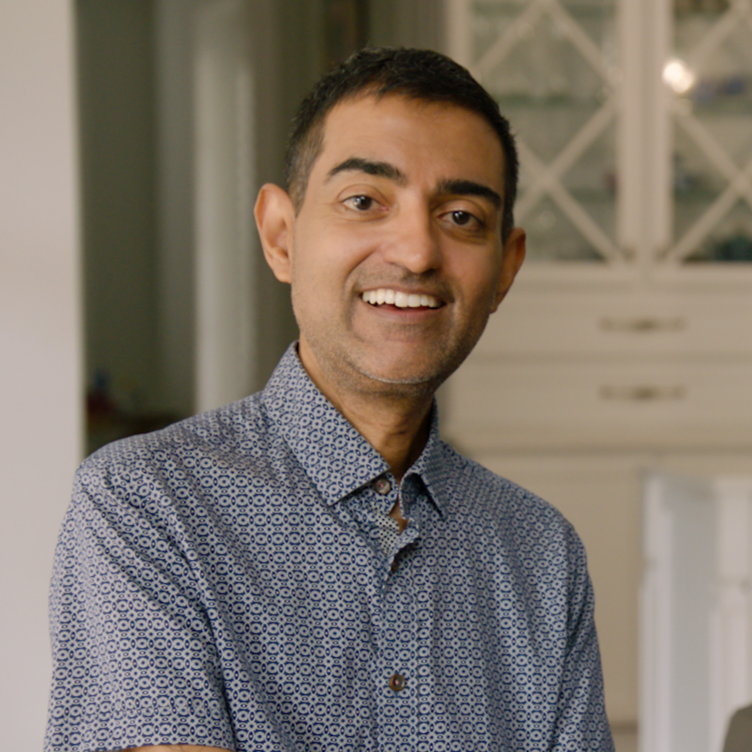-
A midsummer morning’s luck
 It started as an uneventful August Monday for Tom Halverstadt. The Scottsdale, Ariz., resident was wrapping up a maintenance appointment at a local auto dealership. "I had gotten a little dizzy in the waiting room, but shrugged the feeling off," he recalls. "But after paying the cashier and getting into my car, I felt even more weird. I reached over to adjust the air conditioning — and suddenly the right side of my body became paralyzed."
It started as an uneventful August Monday for Tom Halverstadt. The Scottsdale, Ariz., resident was wrapping up a maintenance appointment at a local auto dealership. "I had gotten a little dizzy in the waiting room, but shrugged the feeling off," he recalls. "But after paying the cashier and getting into my car, I felt even more weird. I reached over to adjust the air conditioning — and suddenly the right side of my body became paralyzed."
Personnel at the car dealership noticed Tom's motionless, idling car and approached cautiously. "Are you okay?" they asked as they opened the vehicle door.
"I'm feeling kind of weird," Tom replied. And then he collapsed towards them.
Paramedics arrived within minutes, and Tom was vaguely aware of being moved from his car to an ambulance, which transported him to Mayo Clinic Hospital in Phoenix.
Surviving a killer
Paramedics believed that Tom was having a seizure. Tom was immediately admitted to Mayo Clinic Hospital, and over the next several hours, as he spoke with physicians and family members, his condition seemed to improve remarkably. But around 5 p.m., Tom took a nosedive. He felt dizzy, had double vision and slipped in and out of consciousness. He lost movement in his arms and legs and, eventually, the ability to breathe on his own.
"His waxing and waning condition clearly led people to think he'd had a seizure," explains Joseph Hoxworth, M.D., neuroradiologist at Mayo Clinic in Arizona. An MRI scan of Tom's brain revealed that he was suffering a brainstem stroke caused by a clot in his basilar artery.
While there are many kinds of stroke, "a brainstem stroke caused by basilar artery occlusion, or blockage, is absolutely devastating, if not fatal," explains Dr. Hoxworth. In fact, approximately 80 percent of people who have a basilar artery occlusion do not survive. This type of stroke is unique in that it affects the part of the brain that controls arousal, attention and consciousness, as opposed to the part that controls processing functions. Some patients who have a brainstem stroke never wake up. Others can remain in a "locked-in state," permanently quadriplegic and on life support.
Tom's treatment team expanded immediately upon suspicion of stroke to include endovascular surgical neuroradiologist Brian Chong, M.D., and neurologist Bart Demaerschalk, M.D. Their first priorities included protecting Tom's respiratory and heart function. Once stabilized, Tom was taken to the hospital's angiography suite — a mini surgical operating room within Radiology. There he underwent endovascular surgery, a procedure performed from within an artery as opposed to through an incision.
Physicians first performed an angiogram to diagnose clearly what blood vessels were blocked off. Then, rather than threading a catheter to the blockage site and injecting clot-busting drugs as might happen during other stroke treatments, the Mayo treatment team augmented this therapy by inserting a tiny catheter with live suction at the end to break up and remove the clot. "This procedure is similar to many of the heart interventions performed by cardiologists, except we guide our tiny catheters past the chest and into the small arteries that supply blood to the brain," Dr. Hoxworth explains.
Tom's daughters Kaitlin and Alexandra tears turned to tears of joy when Tom awoke two days later in the hospital's intensive care unit, beginning his recovery.
Making the difference
There are many different forms of stroke, but one thing they have in common is the need to act fast if symptoms appear. "The time window is critical," says Dr. Hoxworth. "We'd much rather tell a patient, 'No, you didn't have a stroke,' than become involved too late to reverse the effects."
"If a patient arrives too late, the brain is unforgiving," Dr. Chong adds. "It doesn't regenerate. It doesn't recover."
"Immediate evaluation is what makes the difference," Dr. Hoxworth emphasizes.
"It's a good thing that my stroke happened in public, instead of me being alone and unable to get help," Tom says. The event impressed upon him how important it is for people to recognize potential stroke symptoms and summon immediate medical help.
In fact, stroke treatment in Arizona is supported by a stroke outreach program spearheaded by neurologists at Mayo Clinic in Arizona. "We're augmenting local resources to offer state-of-the-art stroke therapies across the state via telemedicine," says Dr. Hoxworth, noting that Mayo Clinic will help to transport stroke patients via helicopter or ambulance in order to meet the critical treatment time frame.
"Tom would almost certainly have died if we had been unable to take quick action to restore blood flow to his brain stem," says Dr. Demaerschalk. "But now he's 100 percent normal without even trace symptoms."
"Teamwork really saved his life," says Dr. Demaerschalk. "From the people at the car dealership recognizing that something was wrong, to the paramedics on the scene getting him quickly to the emergency department, to the collaboration within Mayo Clinic Hospital. All these people working together are the reason Tom is still here today."







